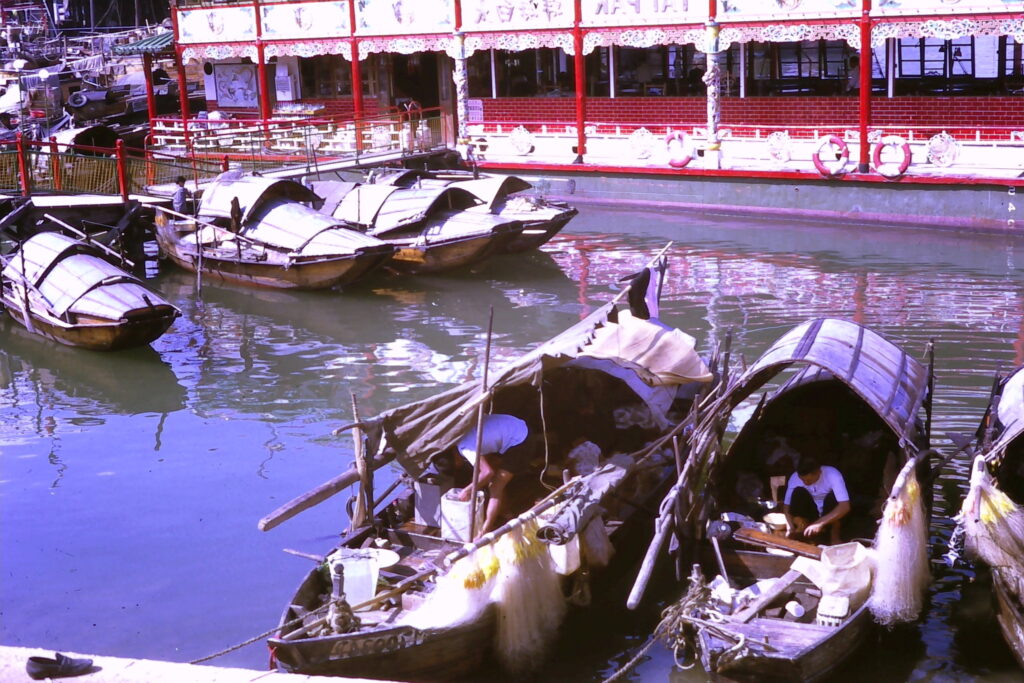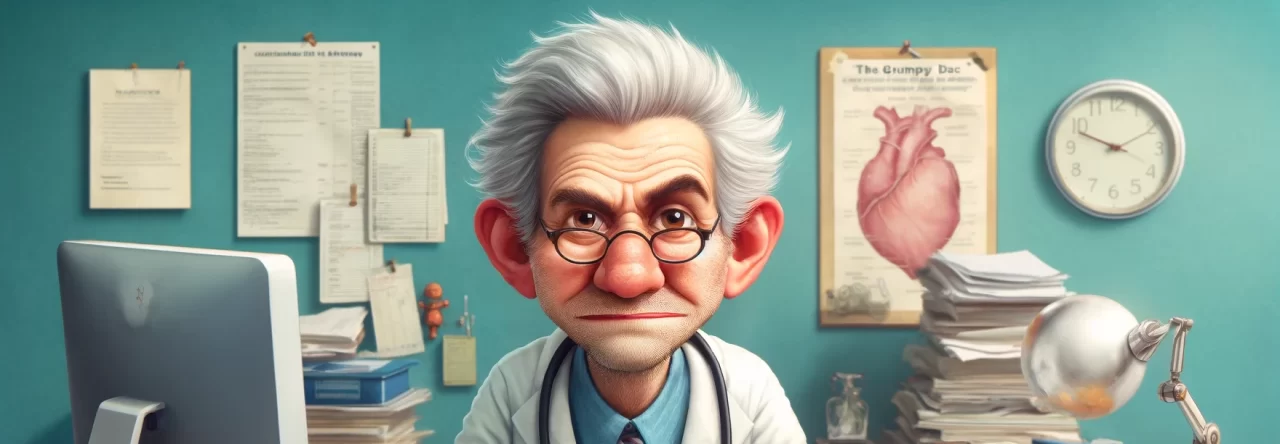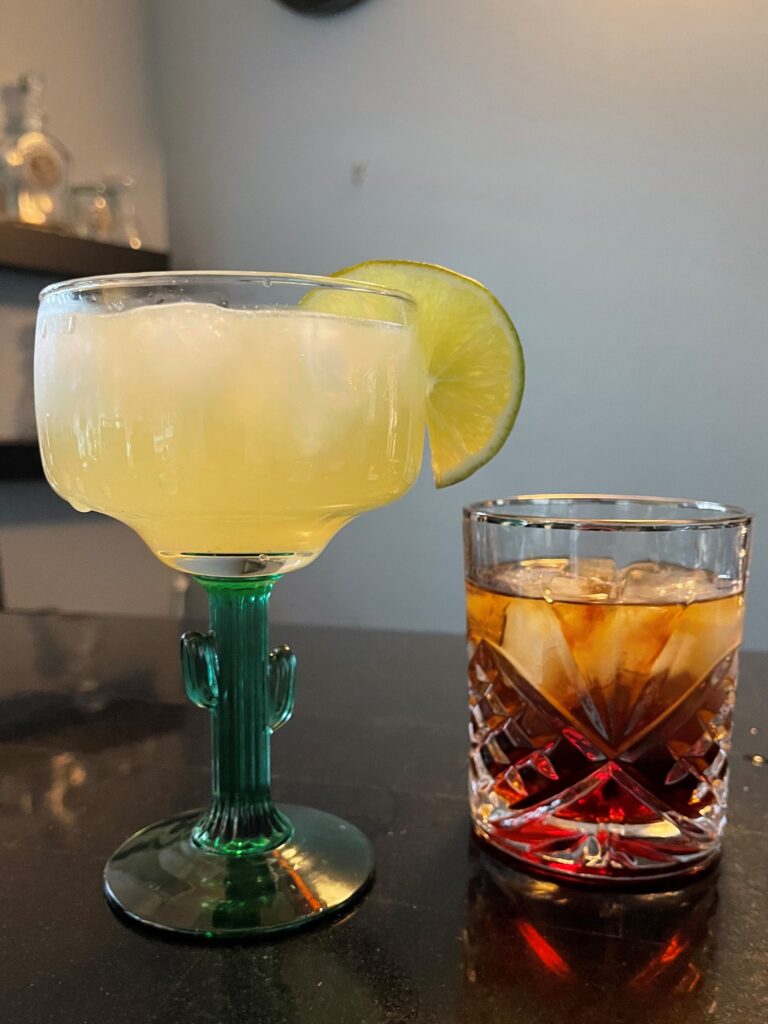
The first time I left the United States I was 21 years old and on my way to Vietnam. In one of those little ironies of life, I would visit Hong Kong three times before I ever made it to New York City. Growing up in West Virginia, my family thought a trip to Myrtle Beach was the height of travel. It’s still the destination of choice for many West Virginians and I still love the South Carolina low country and fried sea food.
My first trip to Hong Kong was in the spring of 1970. I was serving on the USS Sanctuary in the coastal waters of Vietnam. I had my R&R (Rest & Recreation) trip planned to Australia later in the summer. However, I received orders ending my tour early because I was to report for a training school in San Diego in early June. This meant if I wanted to go on R&R it would have to be soon. The only R&R destination available in my time frame was Hong Kong. I knew next to nothing about Hong Kong. The closest I had come to Chinese culture was chop suey at the New China Restaurant in Charleston.
R&R was basically a five-day vacation that the military gave you when you were serving in the Vietnam area. It was something you looked forward to for the first part of your tour and then you would dream about it for the remainder.
Even flying into Hong Kong was an exciting experience. The old Hong Kong airport was almost in the middle of the city. The flight path carried you down between the buildings. I remember looking out the window of the plane and into the window of an apartment building. There didn’t seem to be enough room for the wings in between the buildings, but somehow the plane landed without incident. That initial look out the window may have been one of the most surprising things that I have experienced.
When we first arrived, we were given the typical military orientation lecture that included warnings about venereal disease with a large map that showed us the areas of Hong Kong we should avoid. Of course, for many of us that meant those were the areas we were going to head to first. They also gave us a list of hotels we could afford without spending all our R&R money.
Hong Kong was like nothing I had ever seen before. I spent the first day wandering around the crowded streets watching the people and trying to sort out the multitude of sights and smells. There was an odd combination of delicious, exotic and downright strange. Street food was everywhere and so were street vendors. The first day I was determined to sample as many different foods as possible. They varied from delicious to inedible. I’m sure that was just me, because the Chinese people seemed to most enjoy the food I couldn’t eat.
I also looked in a lot of shops trying to decide what I should buy. The shop people were friendly and spent a long time answering my often rambling questions. I had been advised to be very careful about negotiating prices. A Chief Petty Officer who was familiar with Hong Kong (his wife was Chinese) told us, “The Chinese people are basically honest. They won’t steal from you, but if you’re a bad negotiator, they are glad to let you pay three times what it’s worth.” In Hong Kong you even bargained over the price of a pack of gum, a skill I never really developed.
I eventually decided I would have a suit made because I had never had a tailor-made suit. I also had some shoes made. I’m sure that because of my poor negotiating skills I paid more than I needed to, but I was happy with the price and that was all that mattered to me. I thought I was pretty fashionable, but looking back I probably could have done better in my selection of material. The shiny shark skin material that looked so cool on Frank Sinatra didn’t do anything for me. The shoes were nice though. I wore a size 14 narrow, and it was nice to have a pair that actually fit.
The second night in Hong Kong as I was leaving the hotel, I ran into an Australian sailor who had been to there many times before. He said he’d show me the “real action” in Hong Kong. As we walked along, he turned down a narrow and dark side street and then into a basement level bar that had a big neon sign that said “Club Red Lips” with a big pair of neon lips underneath it. The place was dark and crowded with a lot of Australian sailors and Chinese women. It smelled of stale beer, cigarettes and sweat. After two beers my new friend turned to me and suggested getting out of there and going someplace where there would be some better action.
We started down the street and as he was ready to turn in to an even darker and narrower alley, I suddenly remembered I had someplace else to be. The “real action” was starting to seem a little too risky to me.
I begged off and headed back to a better lit part of town to have dinner and drinks with other American sailors. I suppose it was something he was accustomed to, but it was a little too much for a West Virginia boy to deal with. It turned out I was not as rowdy as I thought.
Most of the rest of my R&R was spent doing the typical tourist things and riding tourist buses. I didn’t venture down any more dark and narrow side streets. But I really did have a good time.
My next trip to Hong Kong was in May of 1975. By this time, I was in the Marine Corps and was an infantry officer. I was part of a Marine Amphibious Force that was embarked on Navy ships. We had recently completed support of the evacuations of Saigon and Phnom Penh and the recovery of the merchant ship SS Mayaguez. Our ships anchored in the harbor in Hong Kong for liberty call for the sailors and the embarked Marines.
Since I was one of the few officers in our battalion who had been to Hong Kong, I was tasked with briefing the troops on the things they could do there. I spent quite a while going through the ship’s library to find a few things about Hong Kong and then doing my best to remember some of the things that I had done during my previous visit. Of course, there was no internet to check.
I was happy that I had come up with a quite detailed list of sights to see and places to go. I gave my briefing. I told them where they could catch buses and where they could catch the ferry and where there were good places to shop and where there were good places to eat. When I finished, I ask for questions and the first question was, “Is it true that there’s a Kentucky Fried Chicken in Hong Kong?” Yes, it was true.
While I didn’t have any fried chicken in Hong Kong my friend Walt and I decided to be a little adventurous. We went to a “non-tourist” restaurant. Walt ordered pigeon, thinking it would probably be Cornish Game Hen and I ordered beef with bitter melon thinking how bitter can it really be, after all it is melon. Well, Walt’s pigeon was pigeon, and it came complete with head, beak, eyes, and feet. My melon was so bitter I couldn’t eat any of it.
Our stay in Hong Kong lasted four days and then we were back onboard ship to return to our home base in Okinawa. I knew I would be returning to Hong Kong in a few months when Margie joined me for Christmas leave.




About the Beach
By John Turley
On February 26, 2023
In Commentary, Travel
I’ve never been a big beach fan. I don’t enjoy laying on the beach and I’ve never seen the fascination with sunbathing. It might have something to do with the two severe sunburns that I had as a boy. My back and chest were covered with painful blisters, and I tried to sleep sitting up on a stool so I wouldn’t touch anything. I started using SPF 50 when it first was introduced and was as thick as grease. Every particle of sand I came in contact with stuck to me until I looked like a large sand monster. It had to be scrubbed off with a washcloth and I could still feel the residue. There have been improvements in sunscreen, but not enough to make me want to lay on the beach.
Even when we were stationed in Hawaii, I never spent much time on the beach. The beach was something you crossed so that you could boogie board in the waves or swim out to scuba dive. When we had friends come to visit from the mainland who wanted to go to the beach, I made sure to find the nearest shade and make a beeline for it.
As I get older though, I have found a new appreciation for the beach. I still don’t lay on the beach, and I still don’t like the hot sun. Now we tend to take our beach vacations in the winter when it’s cooler and the sun is not nearly as intense.
I enjoy walking on the beach now, just above the run up of the waves. I watch the water run in rivulets across the sand and try to avoid getting my shoes wet. In the winter the beach is less crowded and much cleaner, an altogether more pleasant environment.
I carry binoculars to watch the birds and hopefully see some dolphins offshore. But one of my real pleasures is being able to spot large ships on the horizon. I’ve always had a great fascination with ships and just enjoy watching them through the binoculars and trying to imagine where they might be going and what they might be carrying on board.
I enjoy watching the water in constant motion. It seems to me to possess both calmness and a loosely contained power waiting to break havoc on the shore. The very restlessness of the waves brings a peaceful sensation to me. It is a feeling matched only by a cascading mountain stream.
The ocean is an enigma. It is believed to be the original source of life. But, in an instant, it can turn deadly and destructive, destroying lives and property. It can transition from tranquility to fury and back to tranquility almost instantly leaving you to wonder how such devastation could occur in a few moments time.
Walking on the beach also gives me time to think about things I might want to write about and to organize them in my head before I sit down to put them on paper (actually, on the keyboard). When I’m walking on the beach, I don’t feel the call of the many other things I think I should be doing. It’s not a place for self-imposed schedules and deadlines. The lack of distraction does wonders for my concentration.
I’m sure everyone has their own place to find their zin. For me, it’s the beach in the winter.